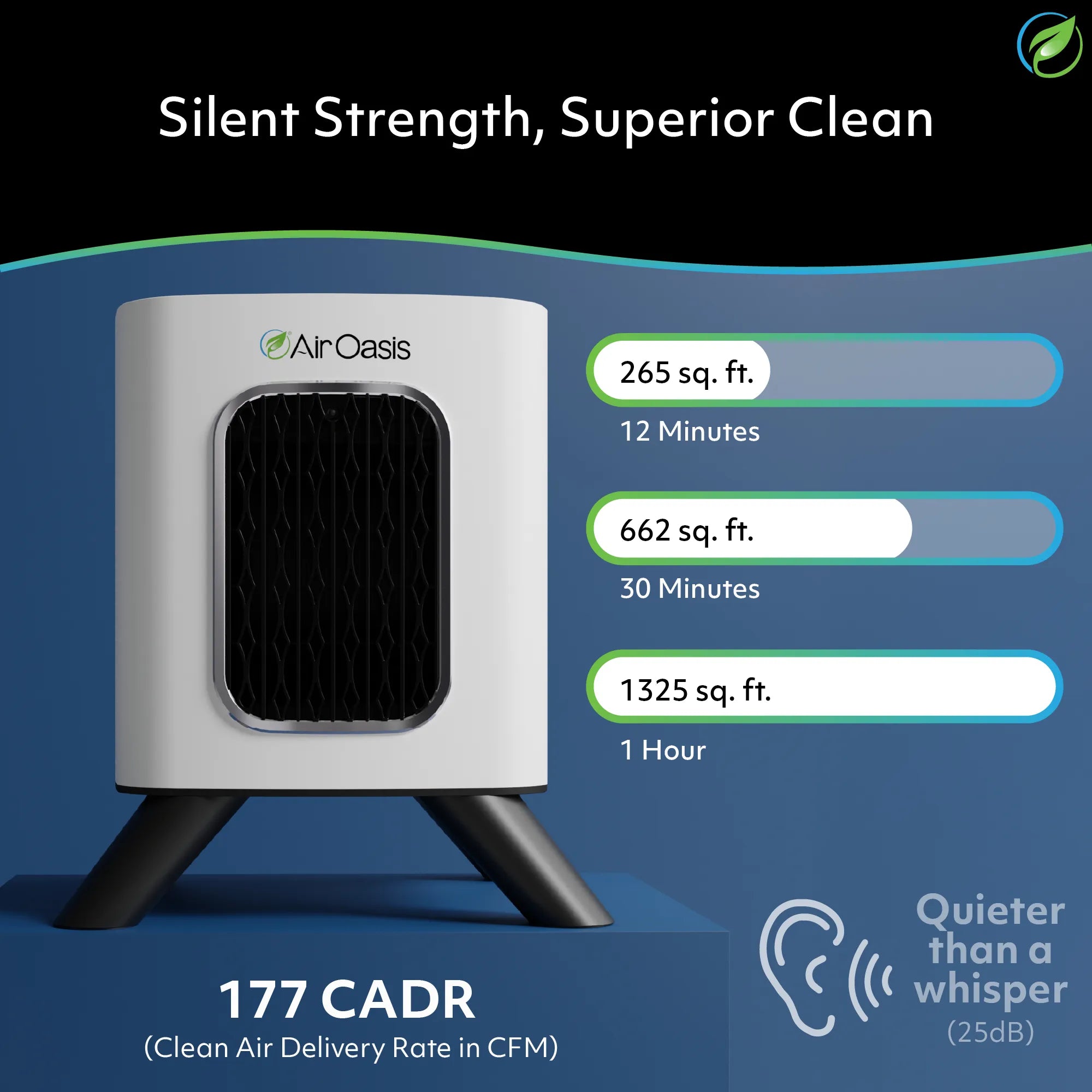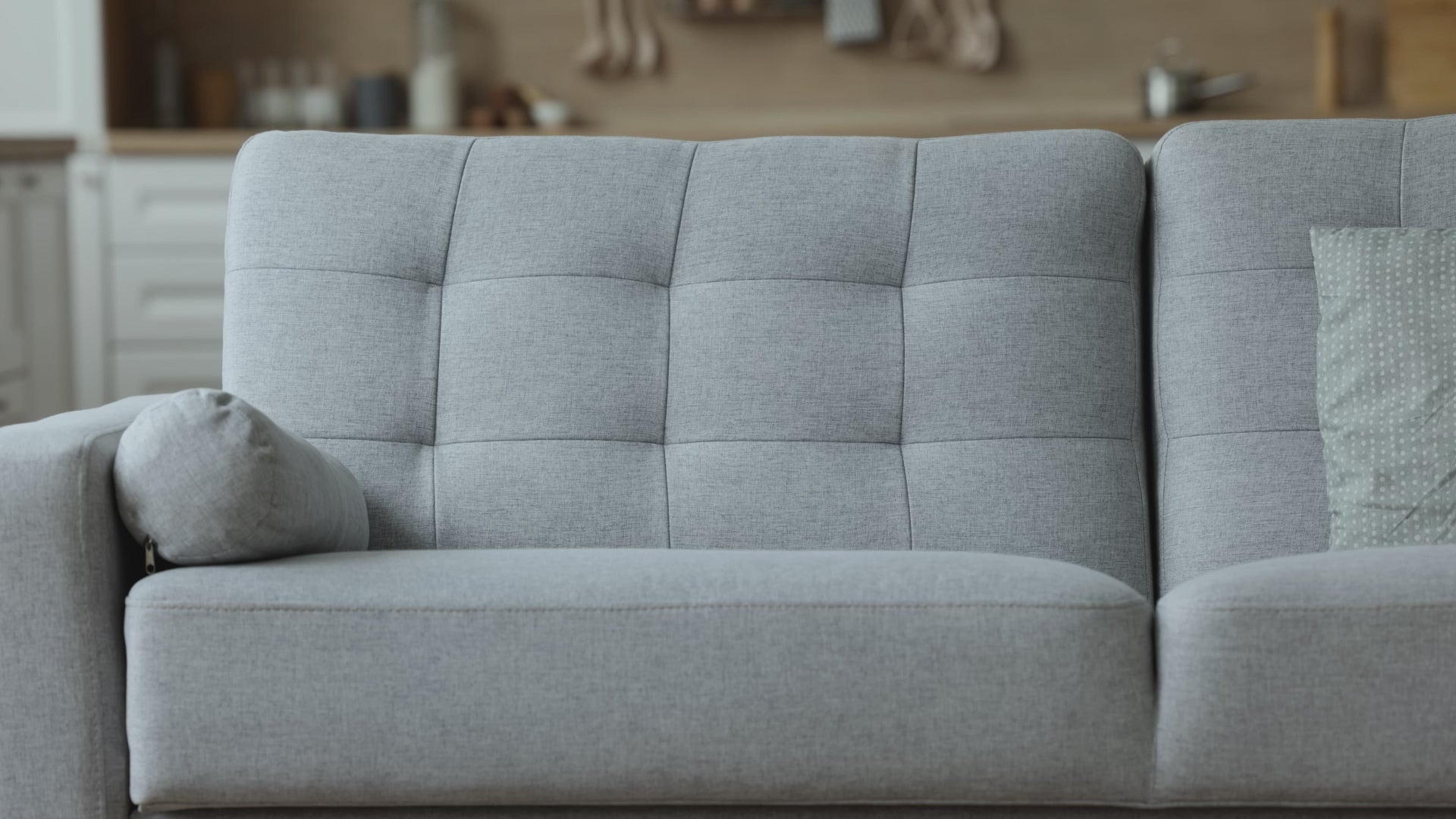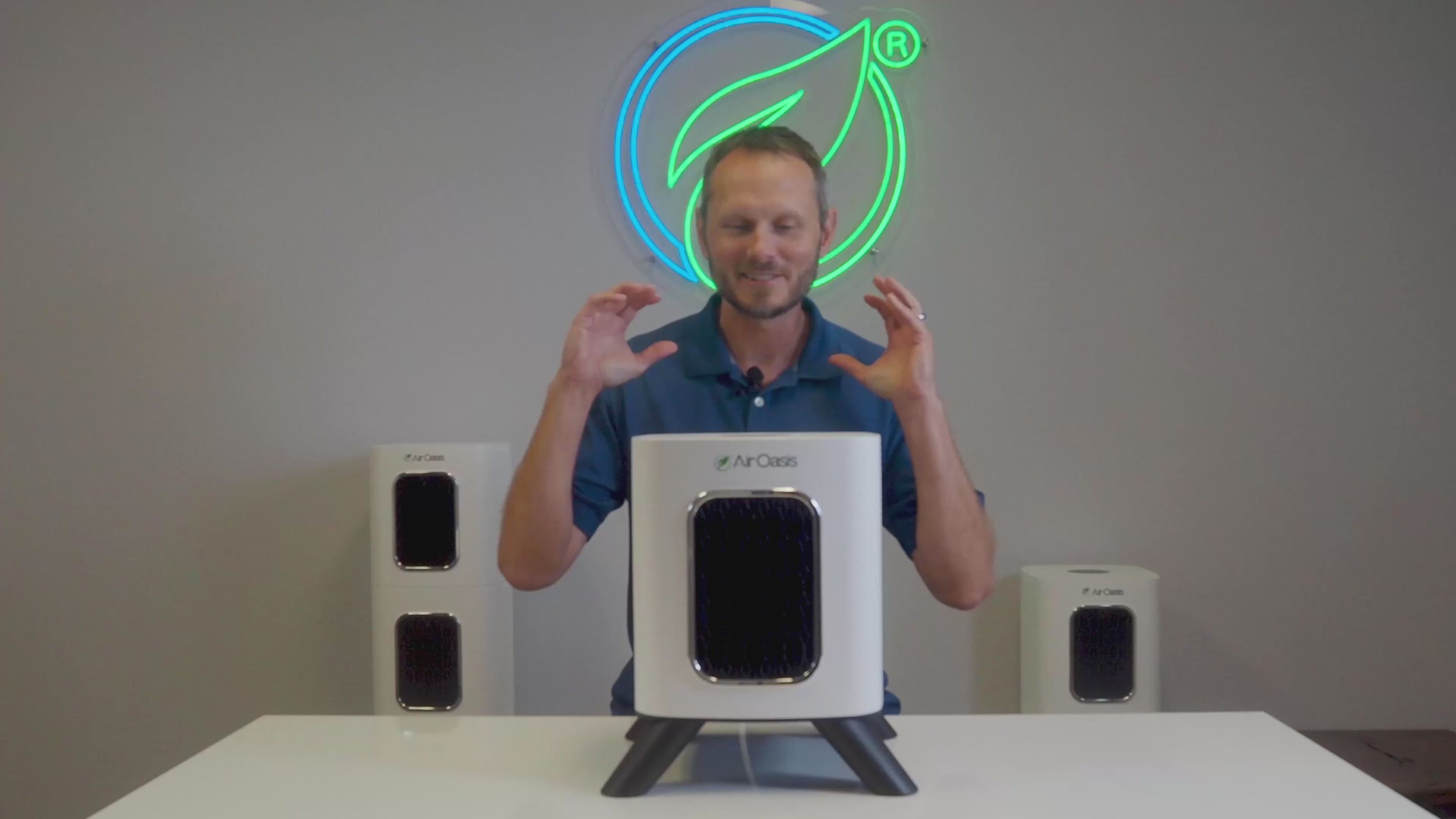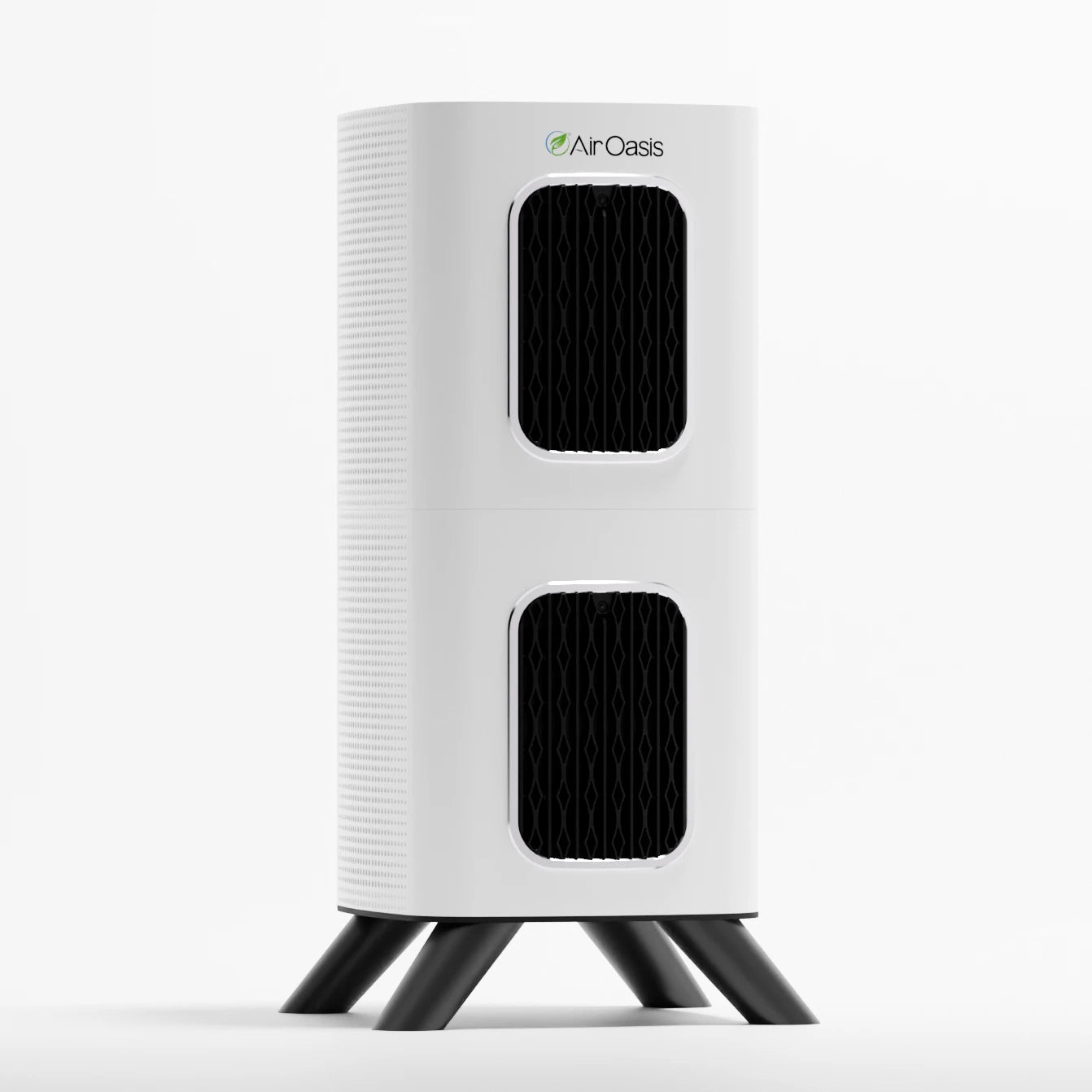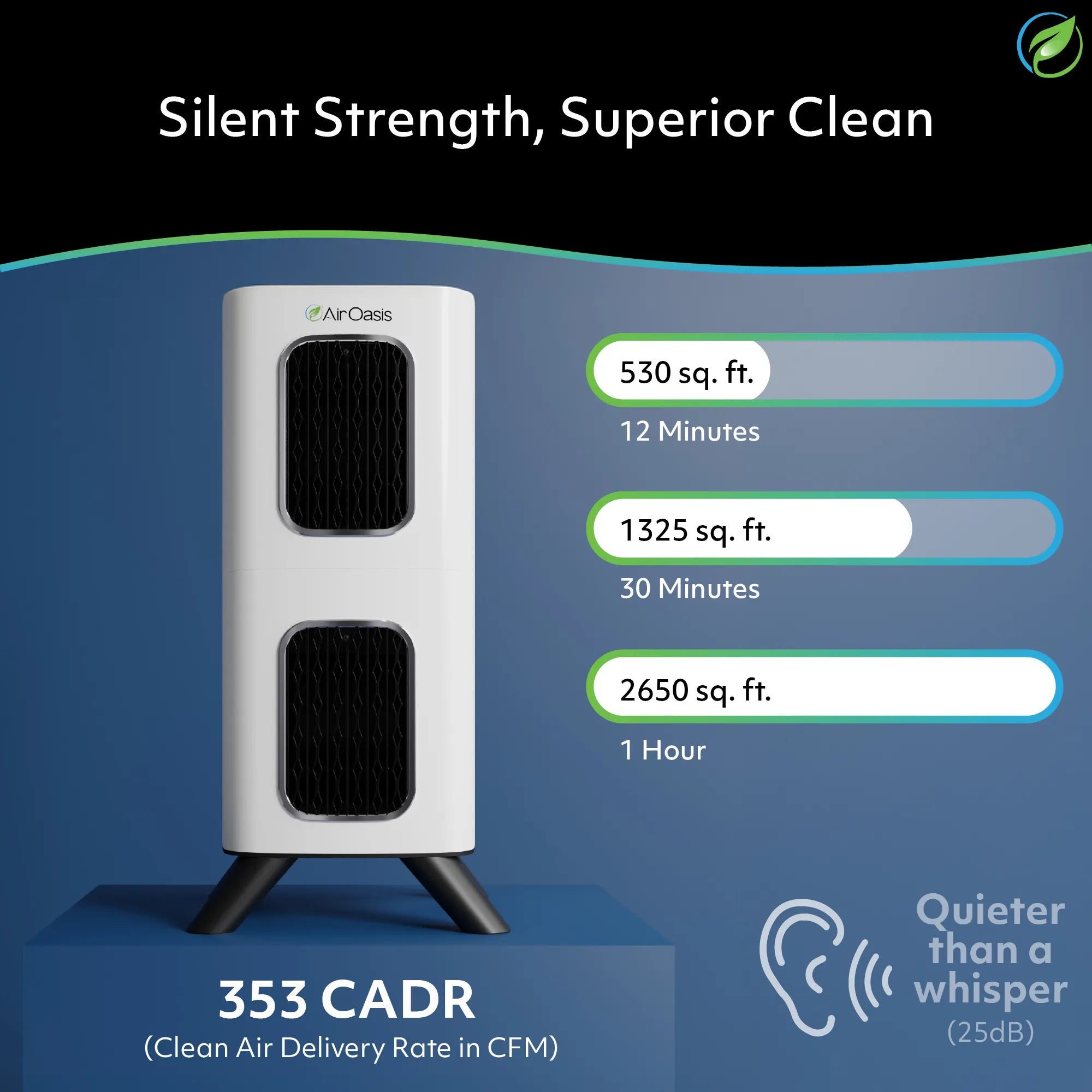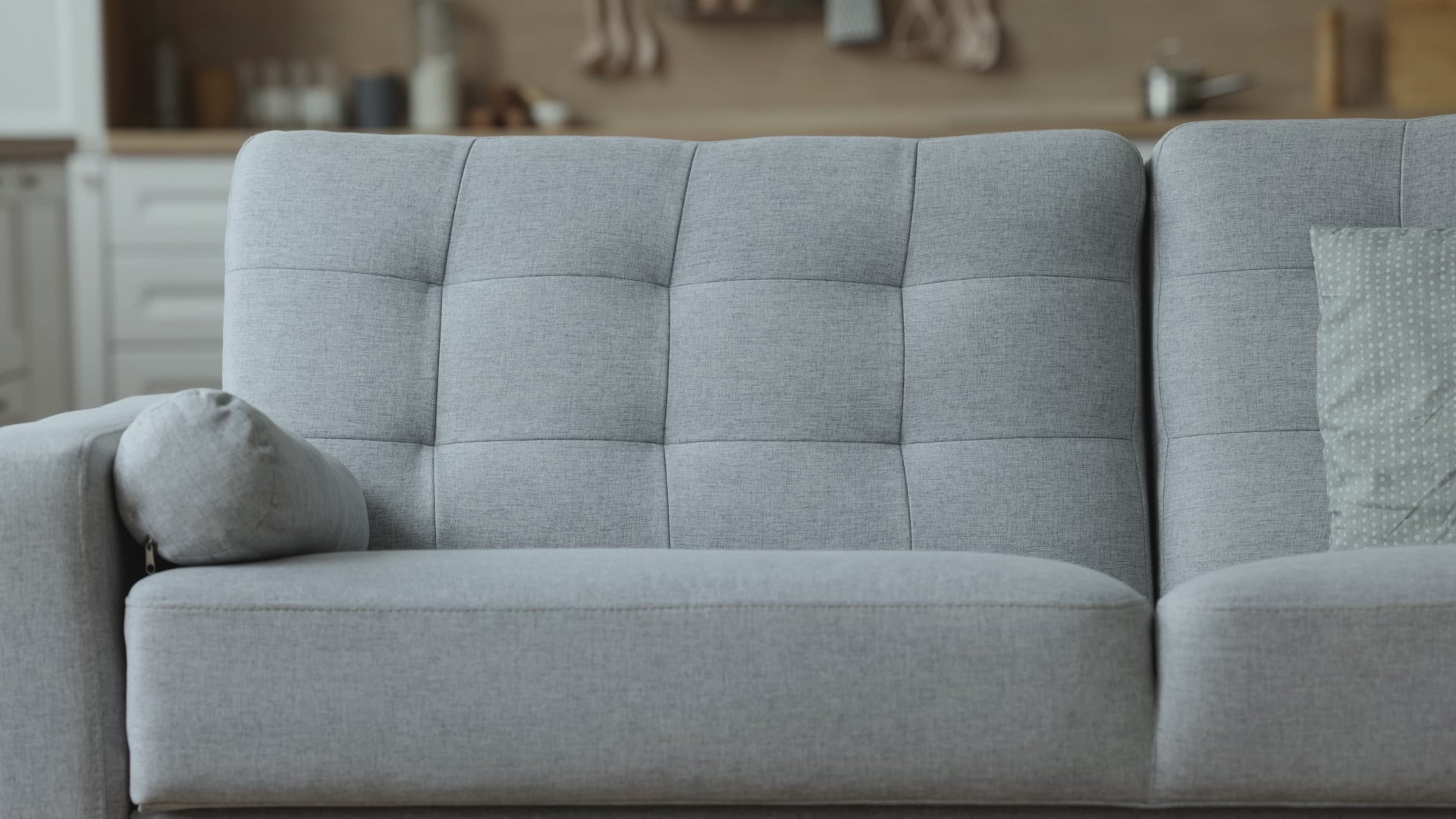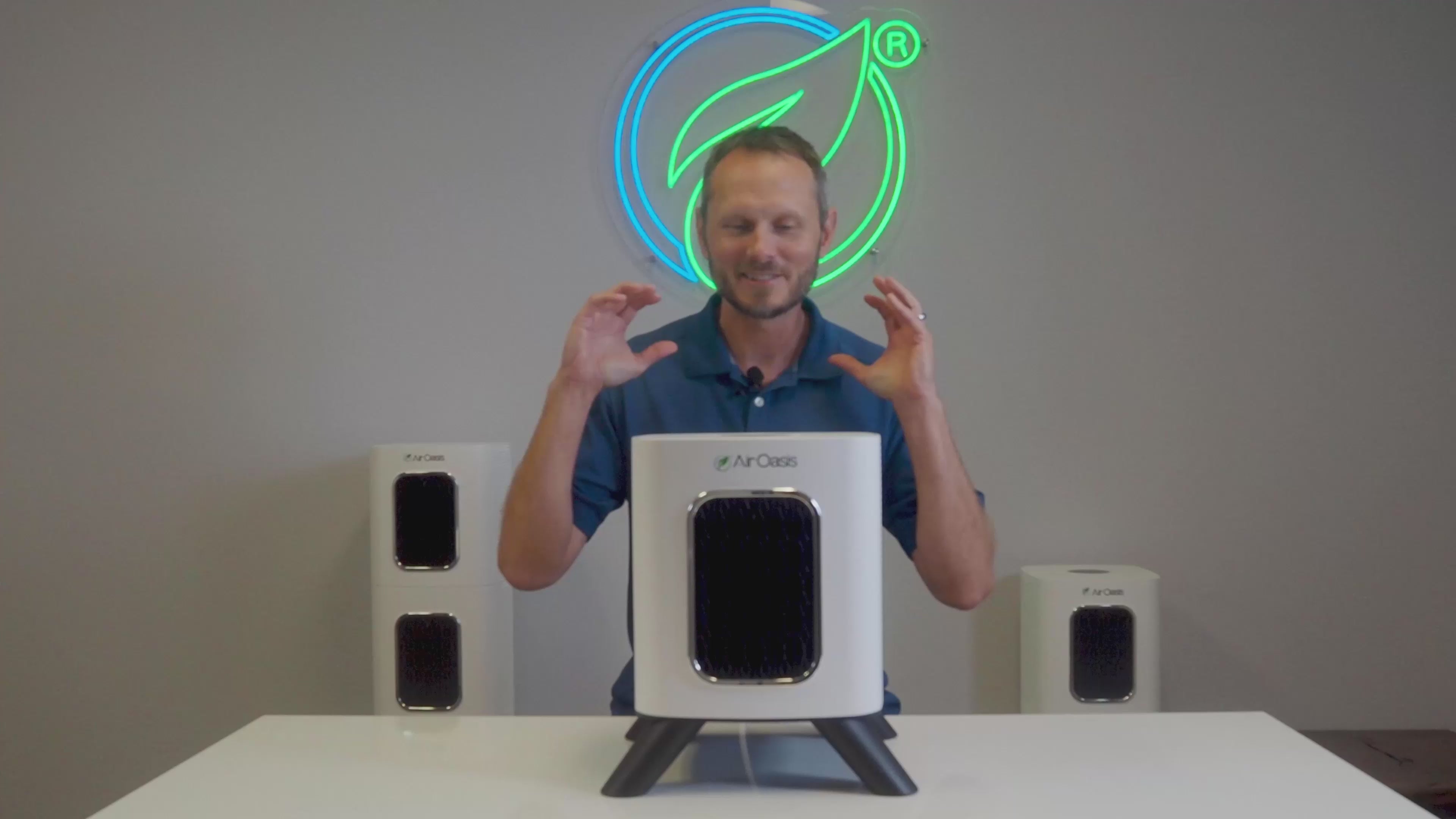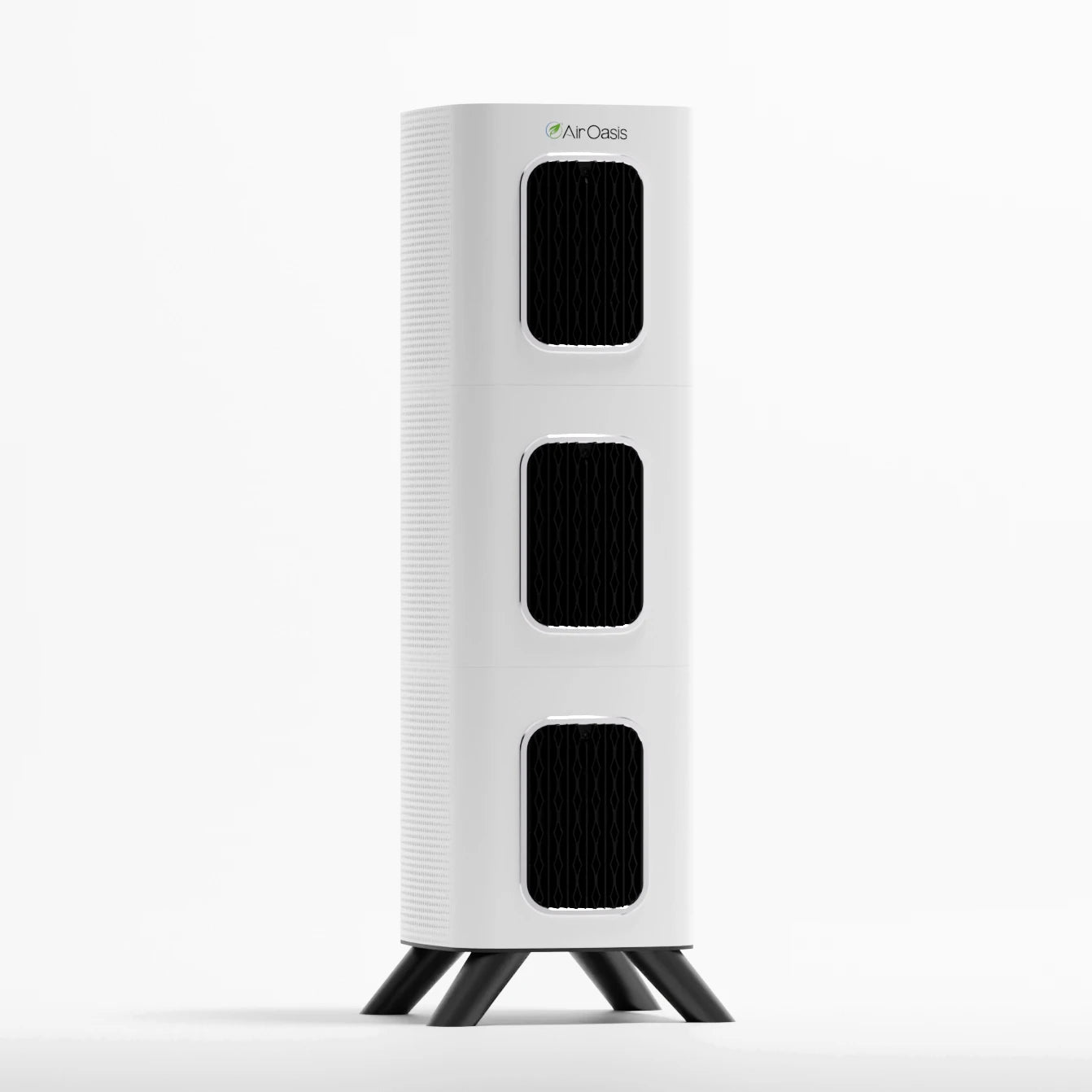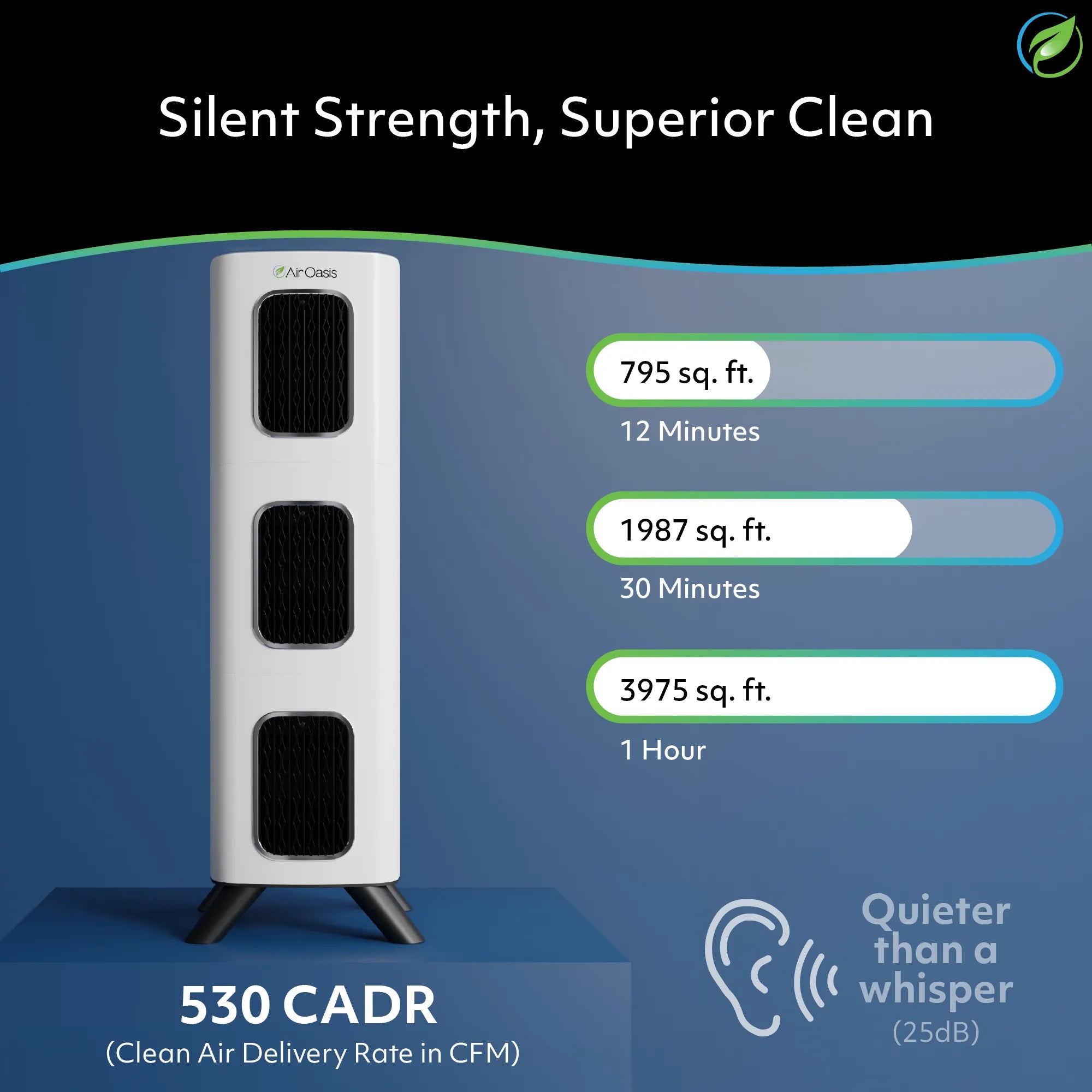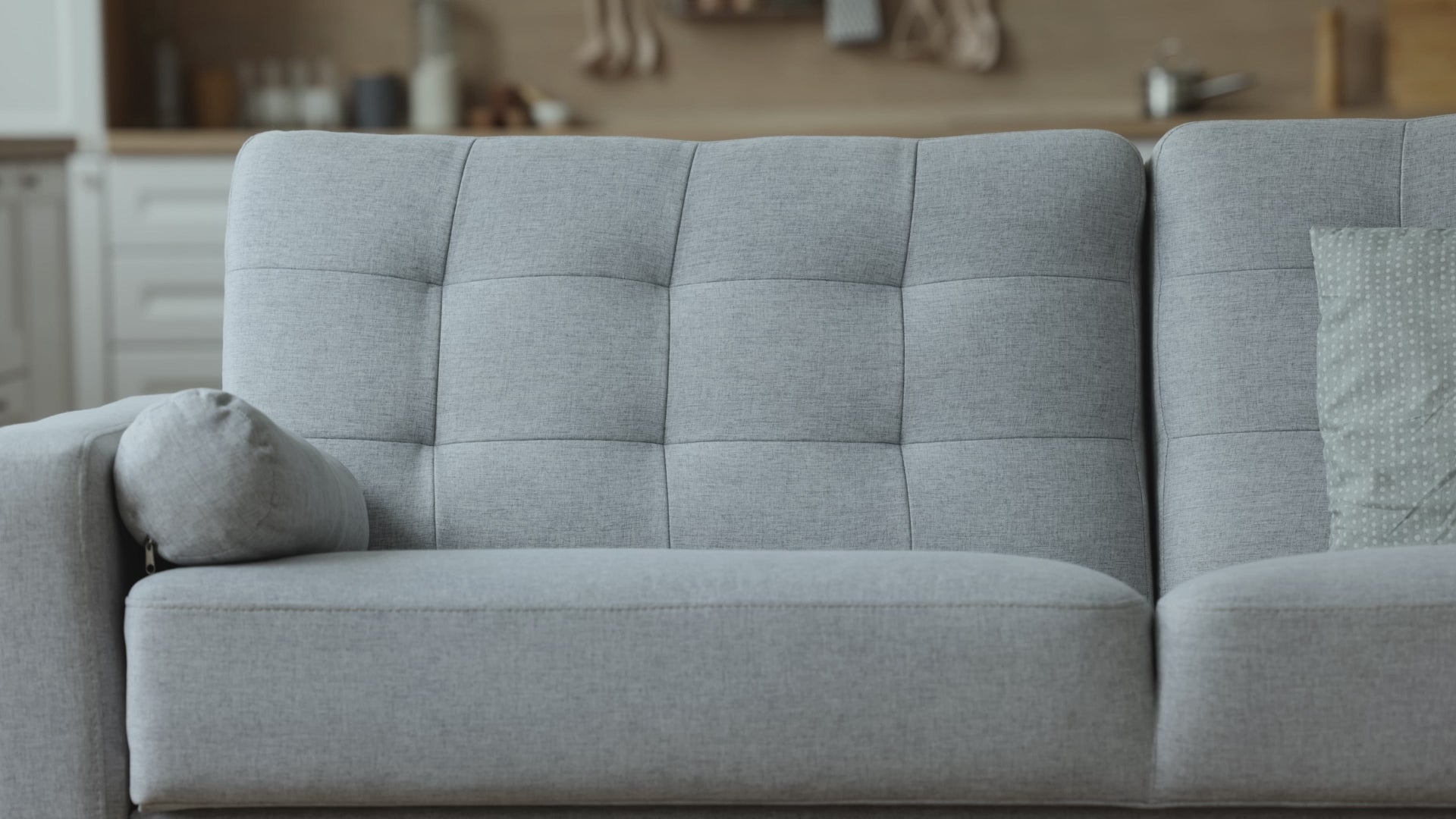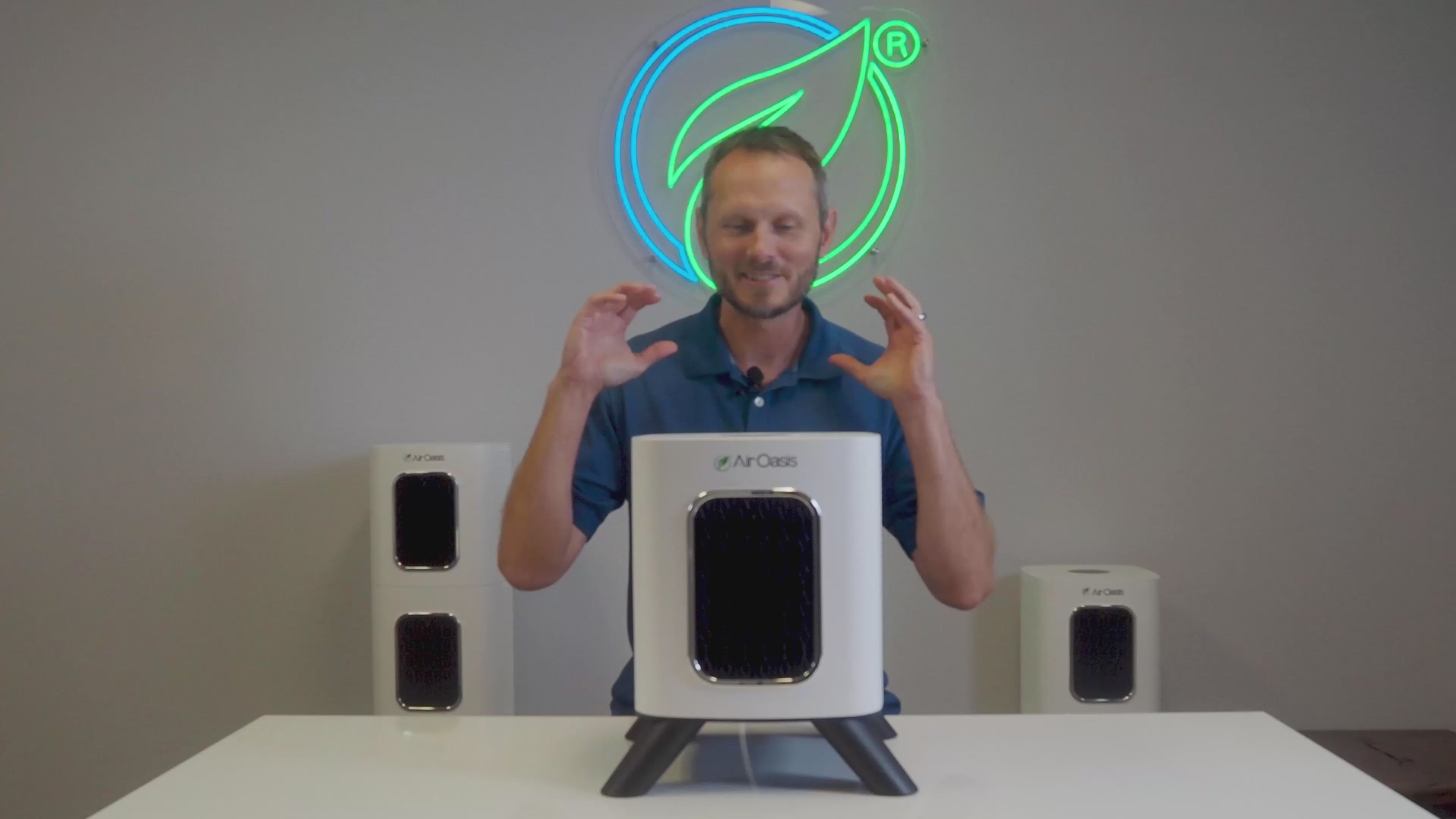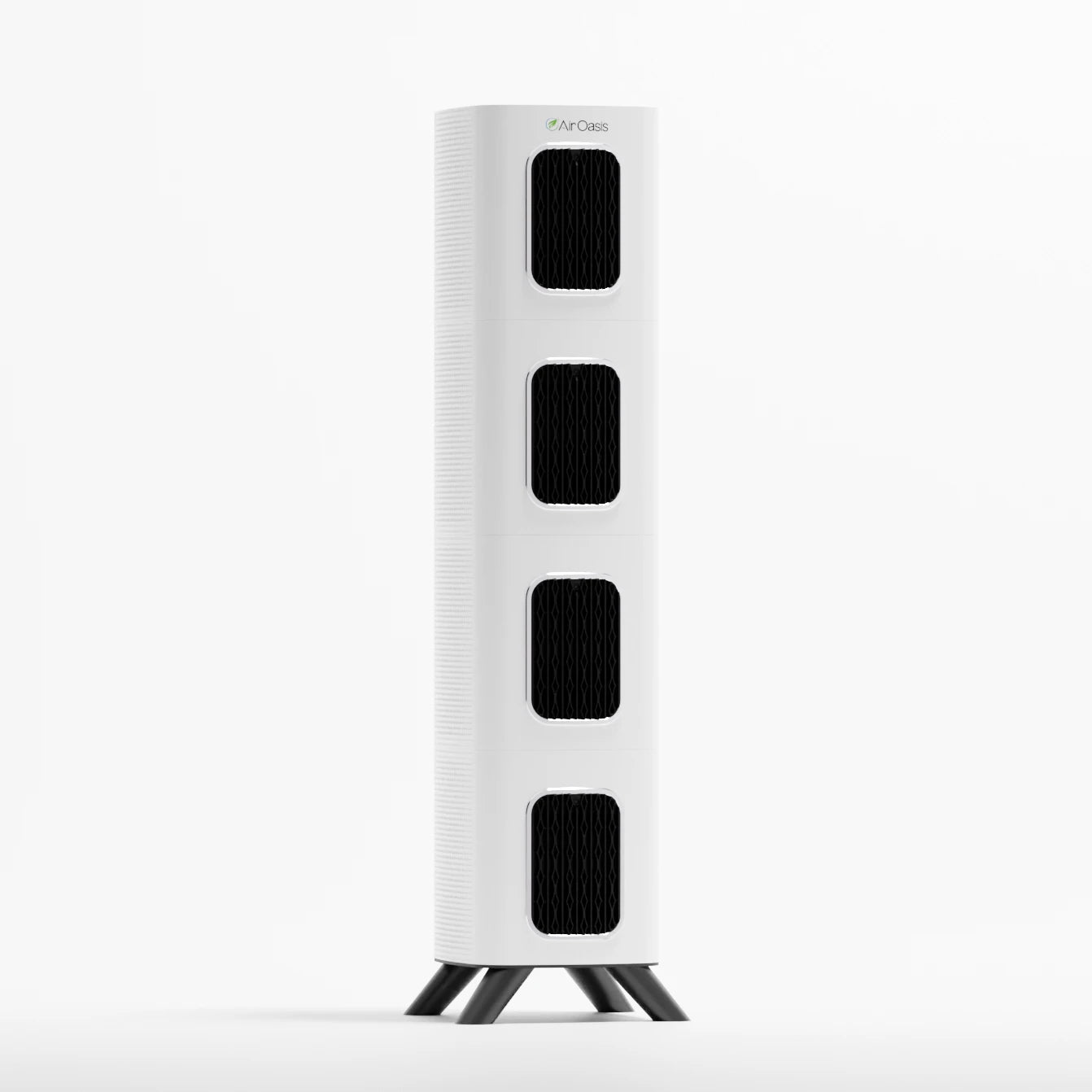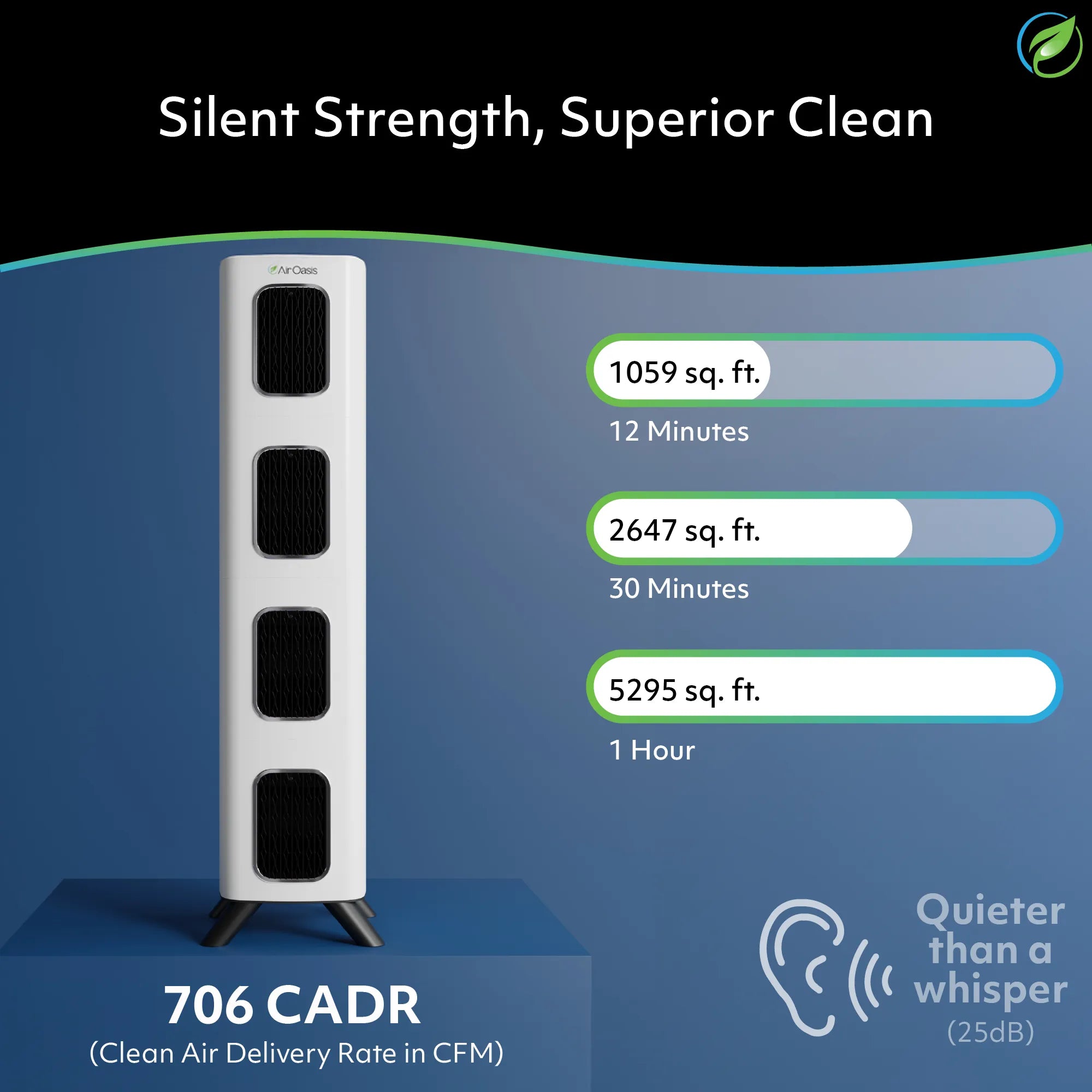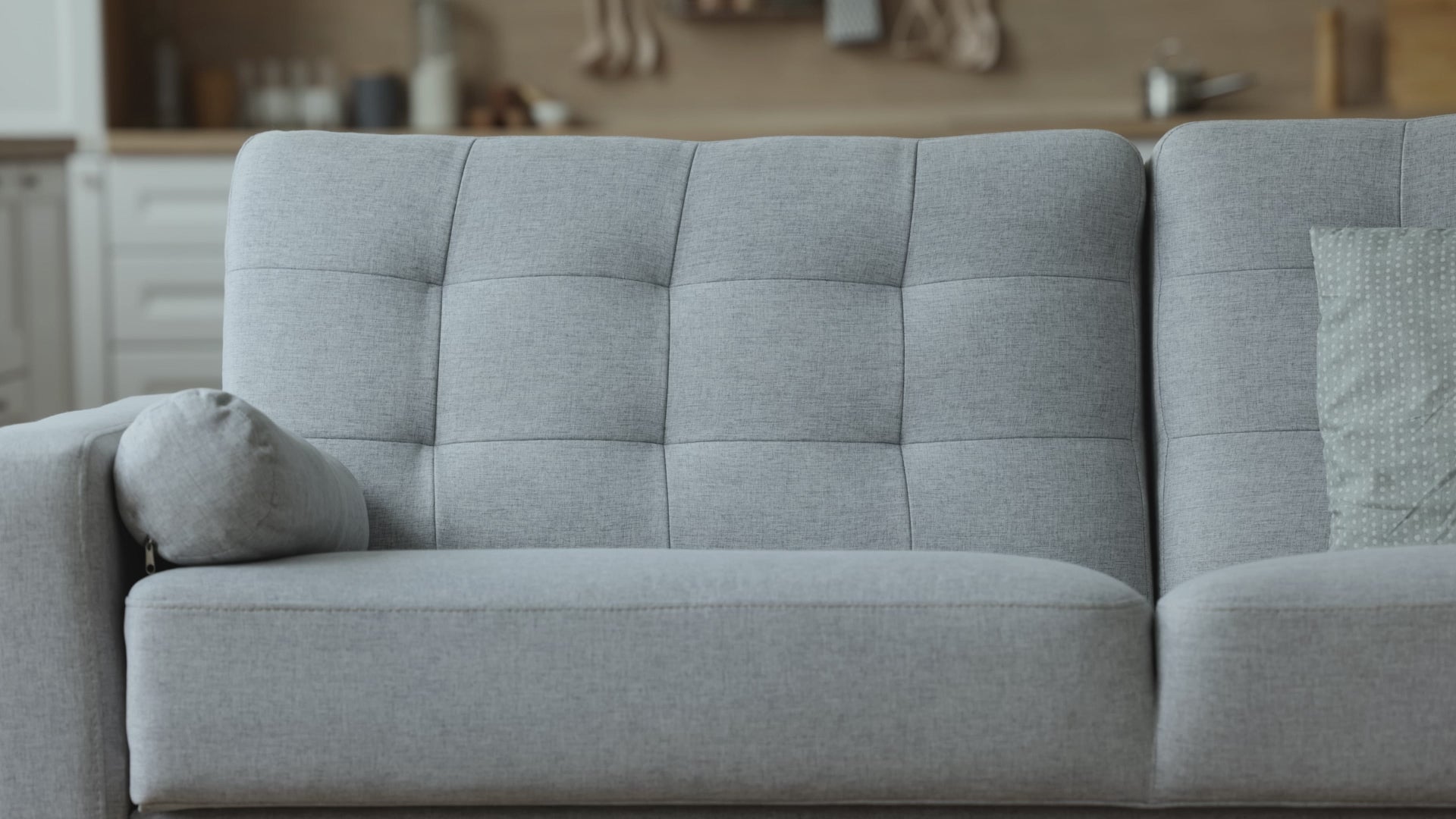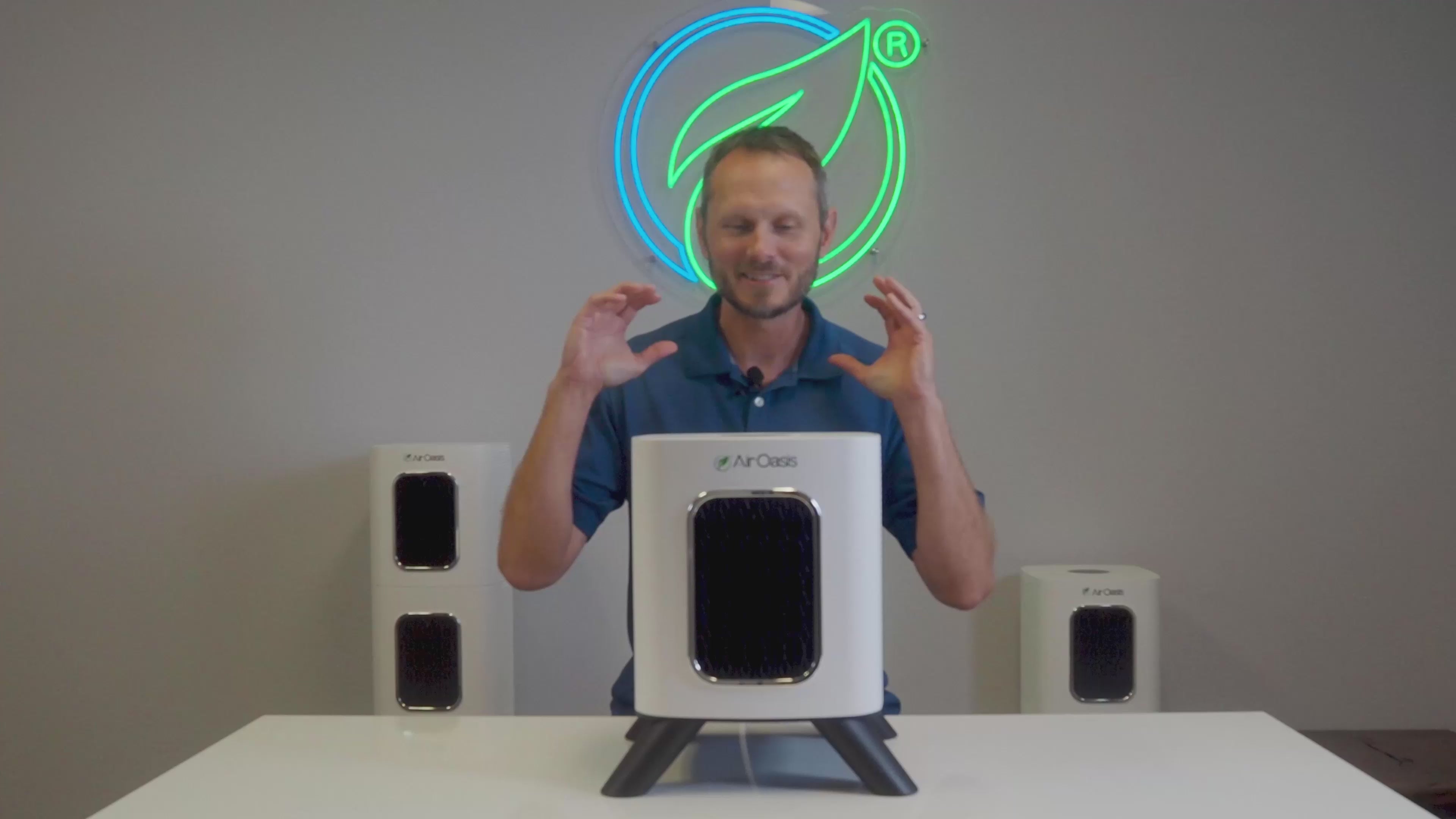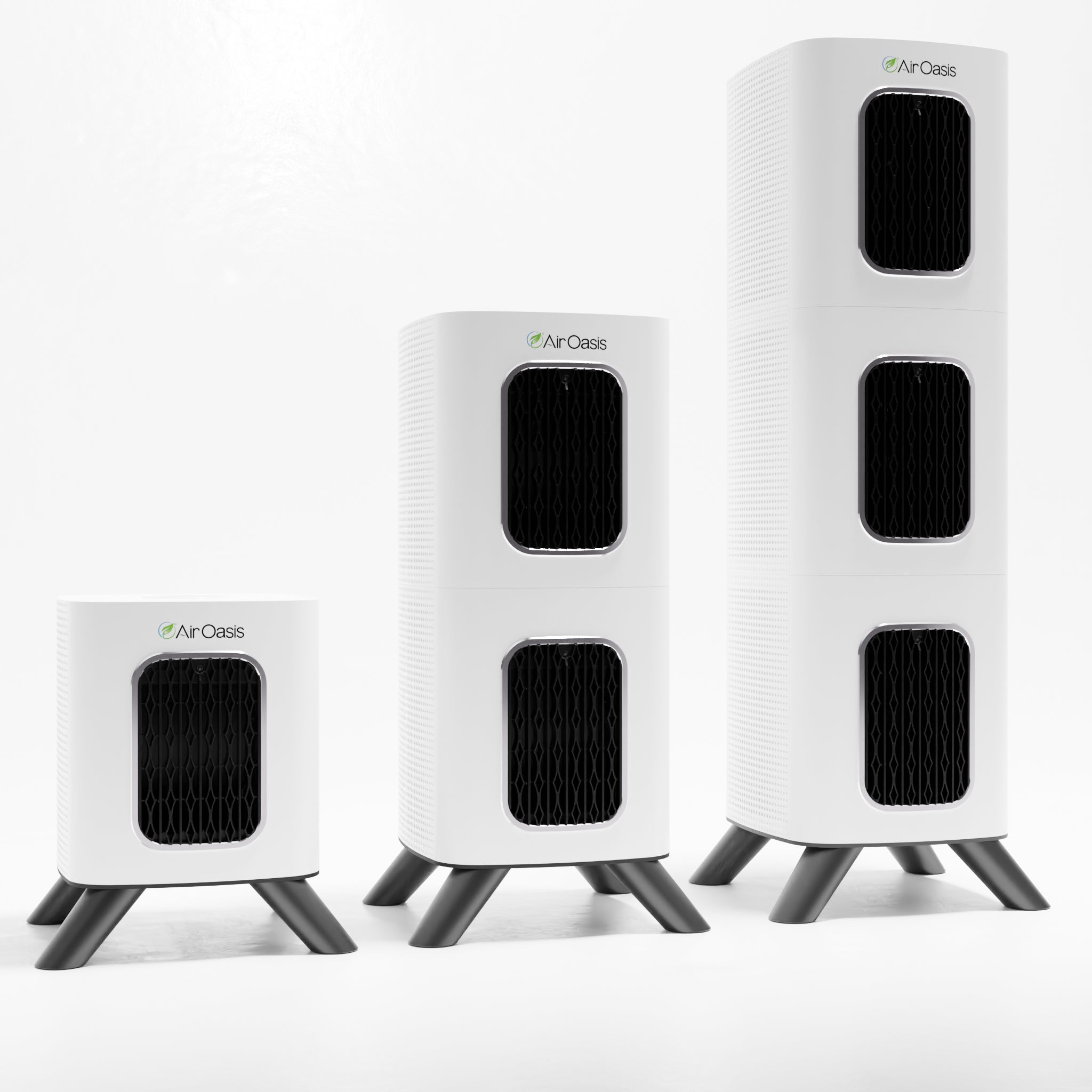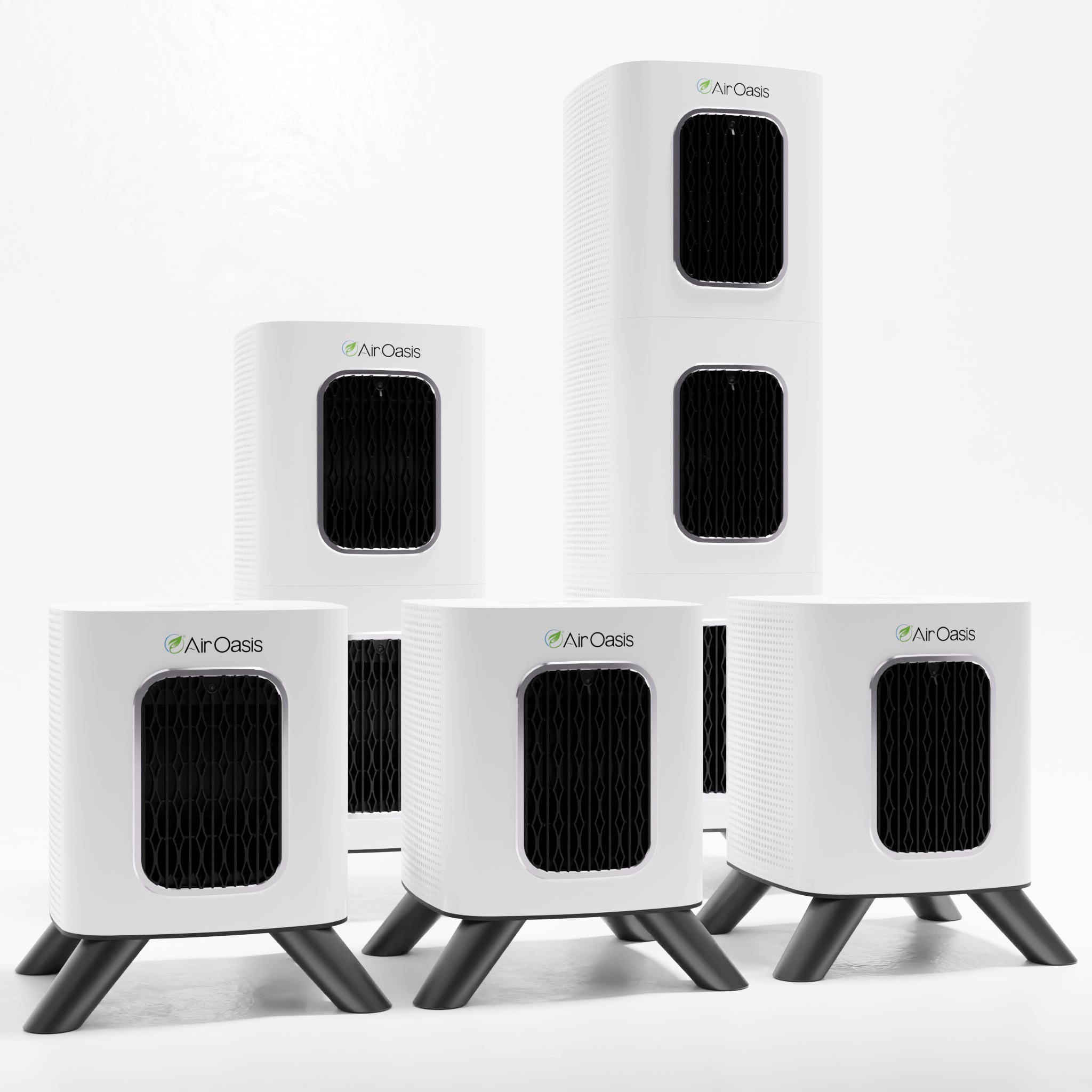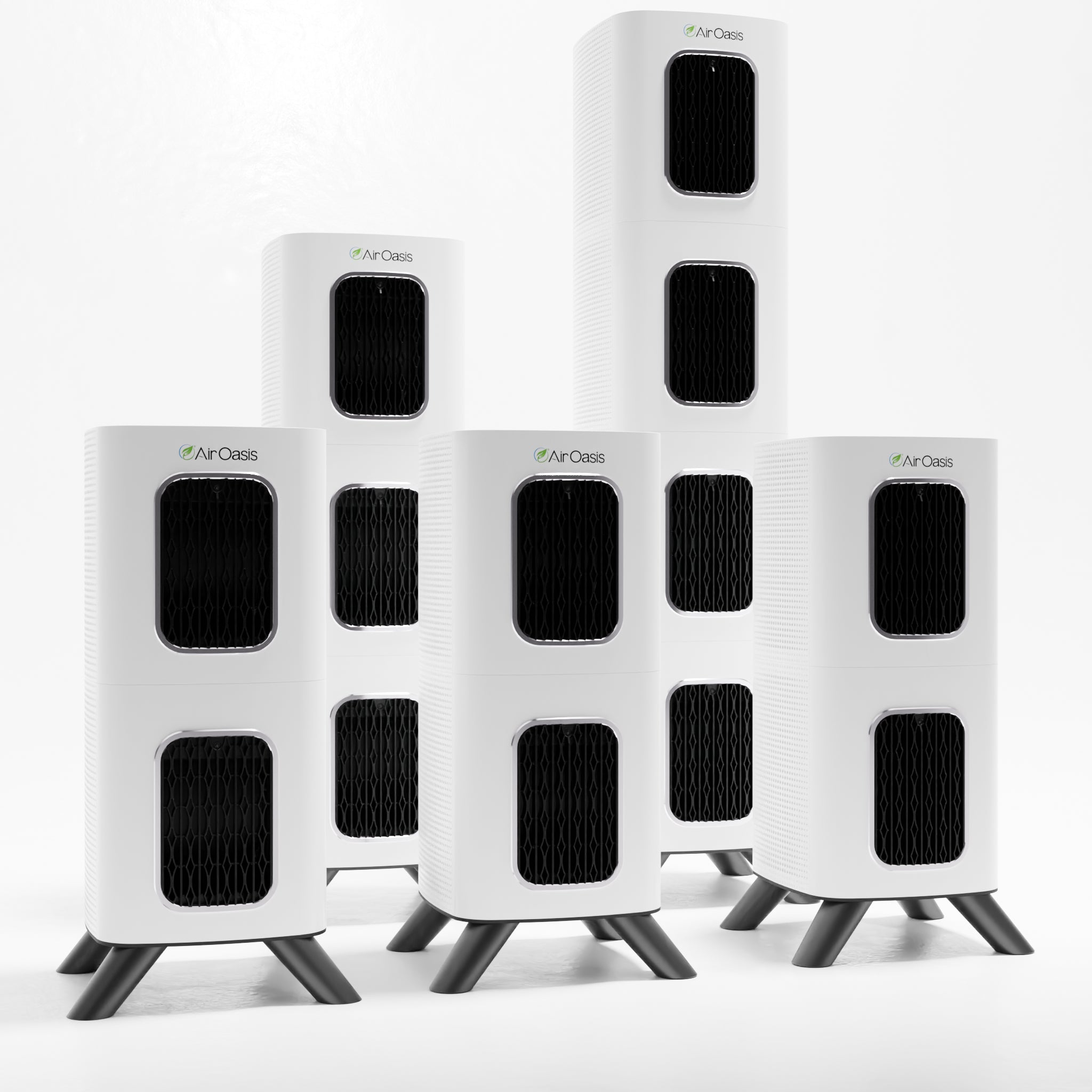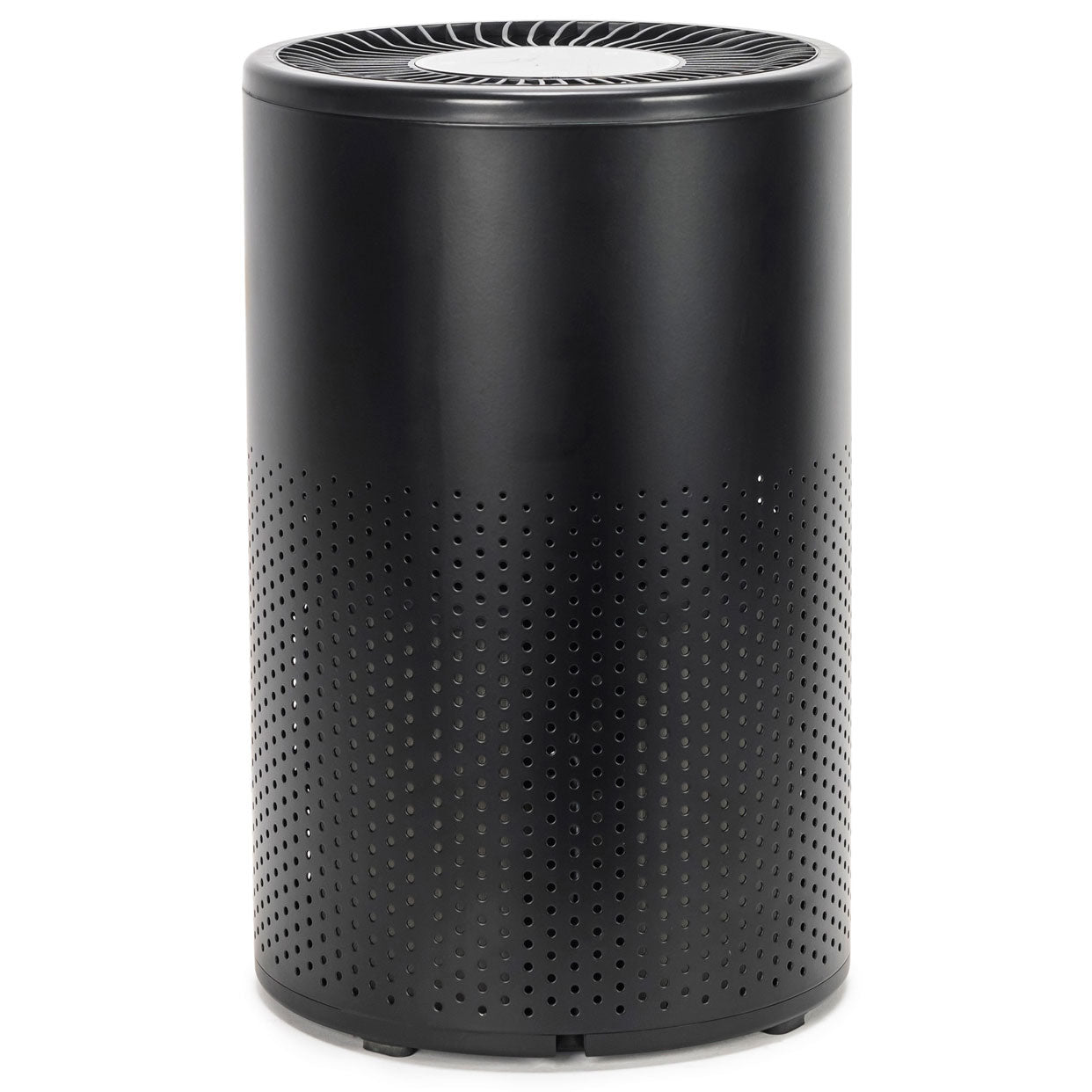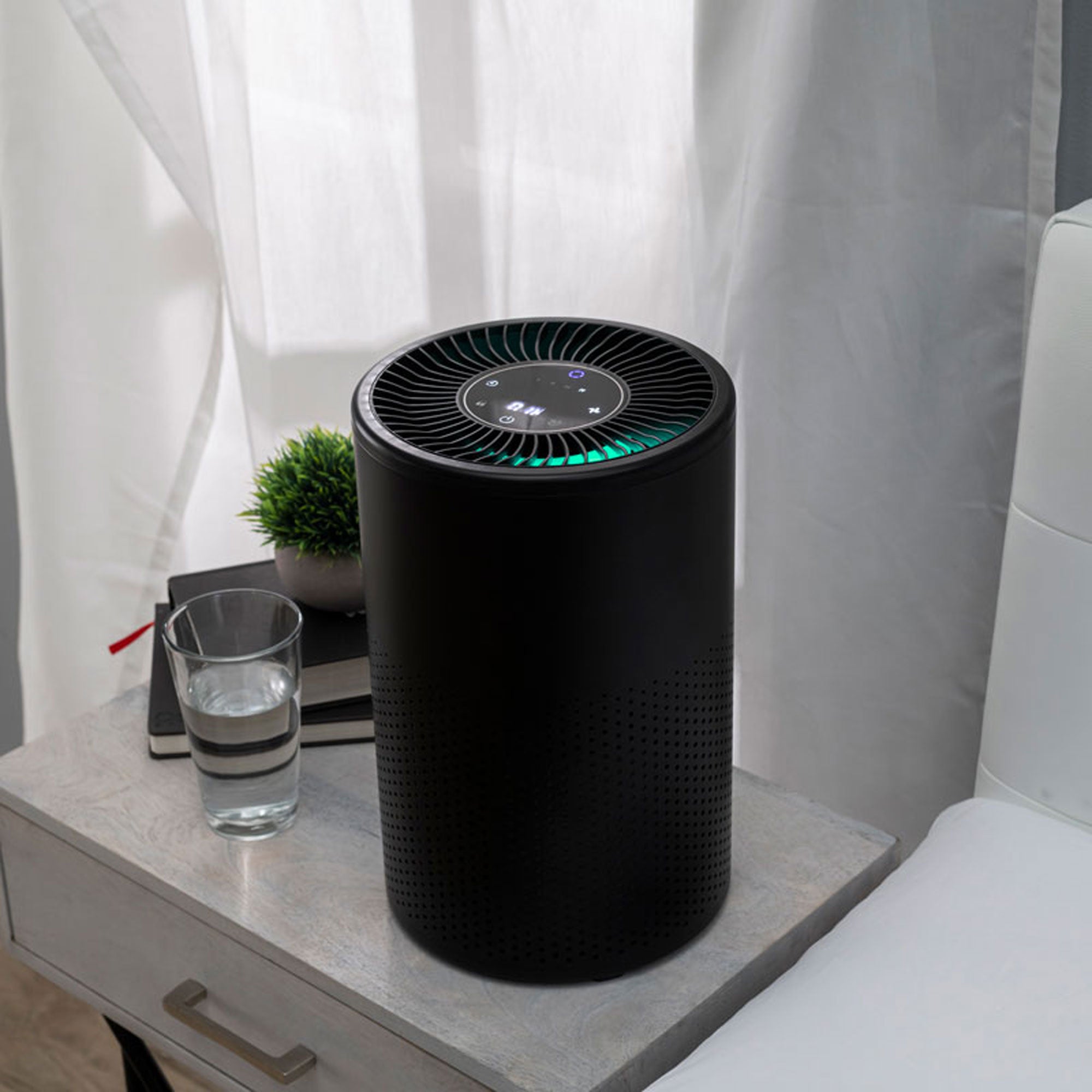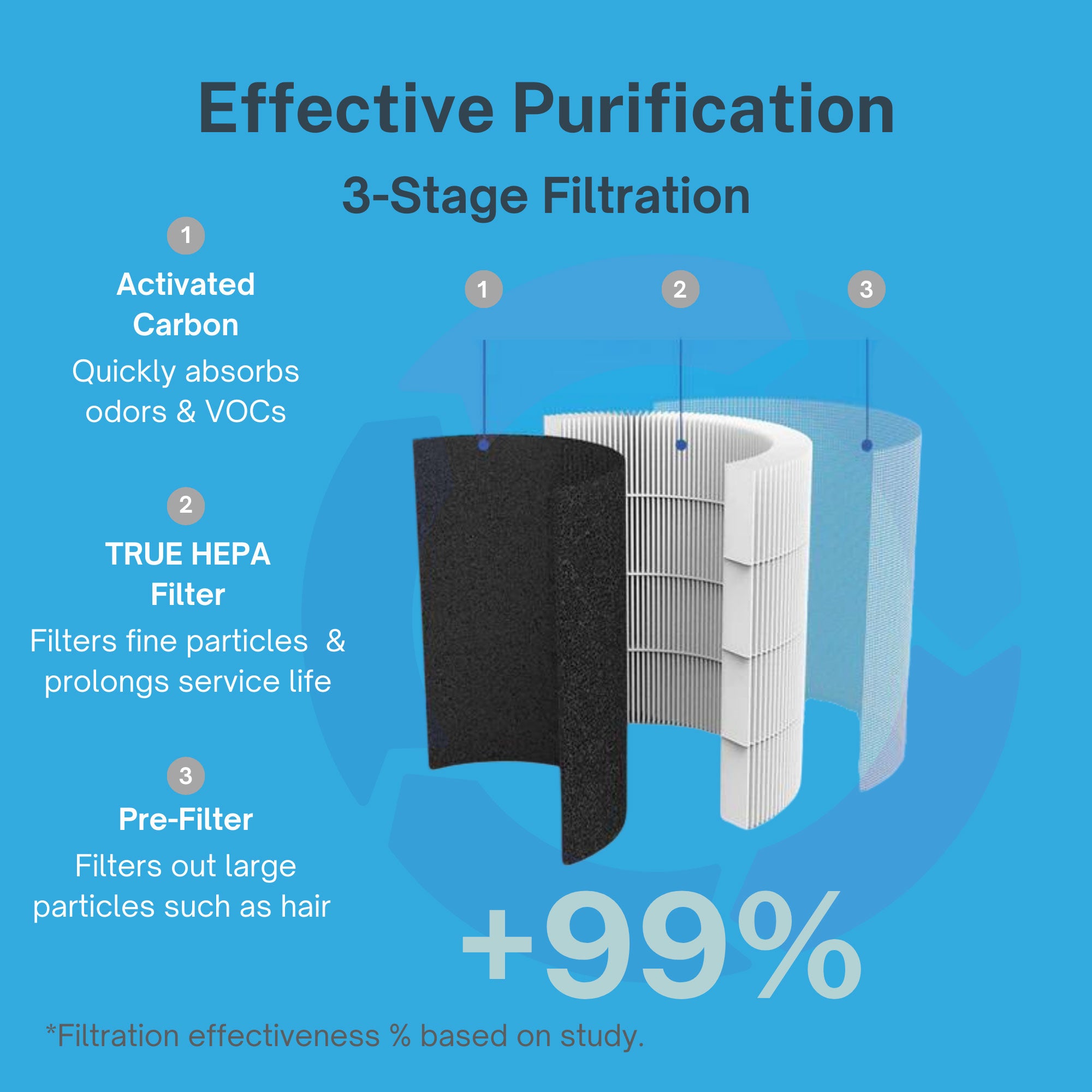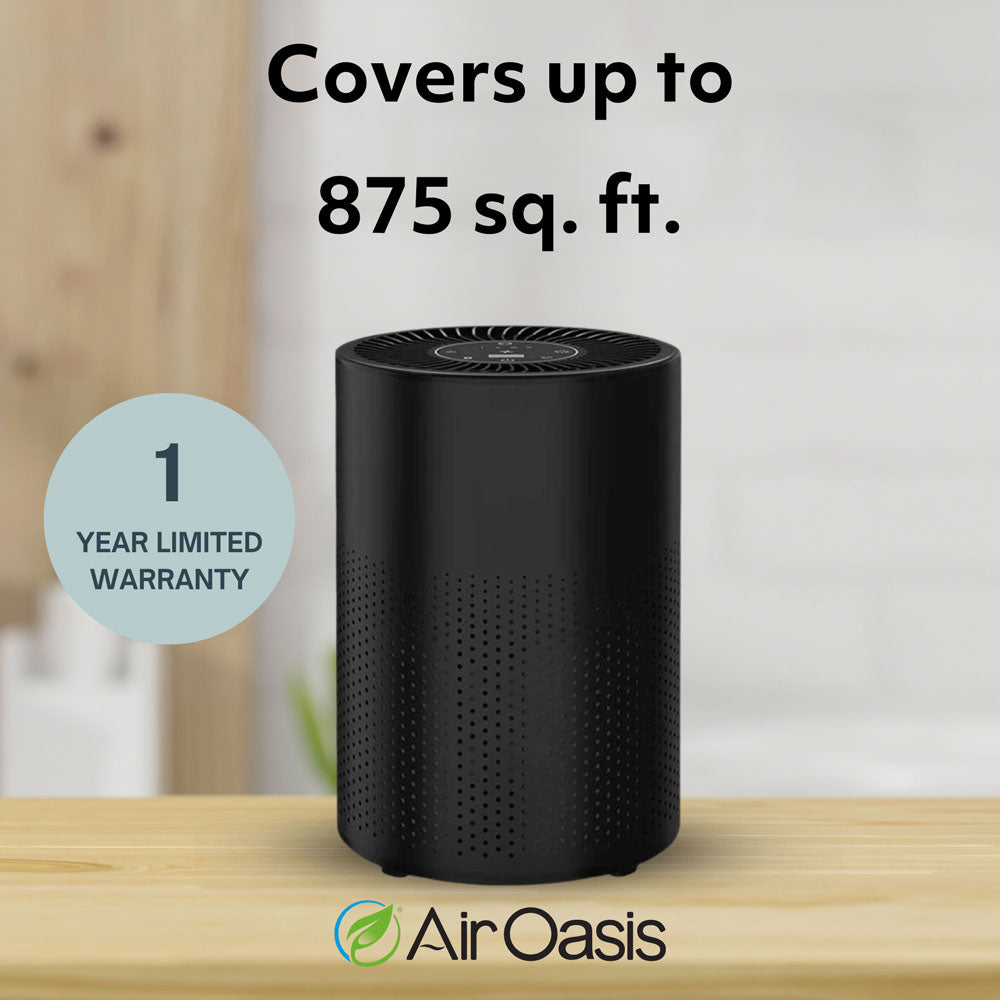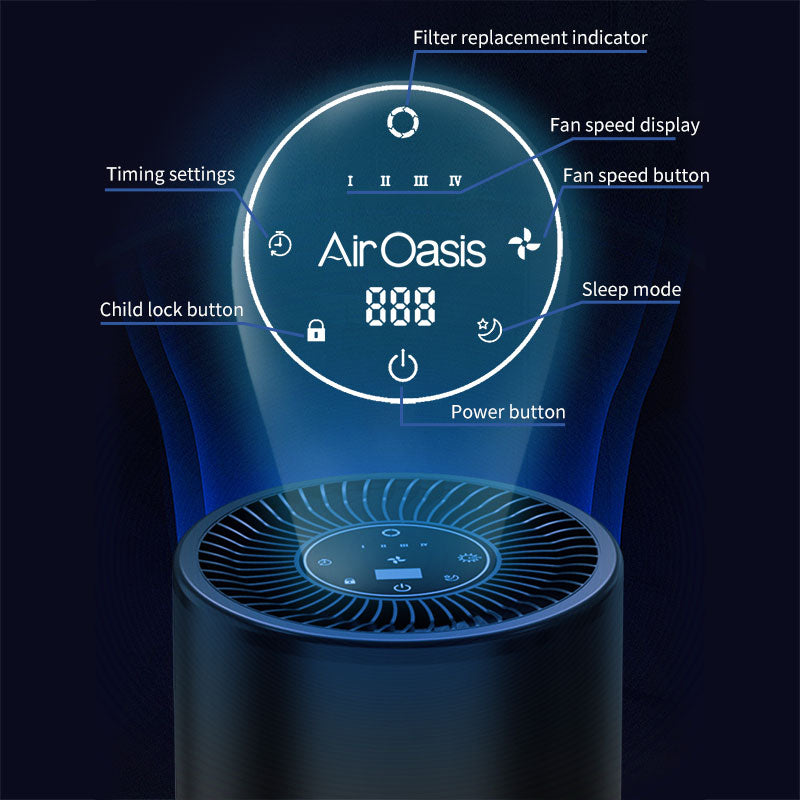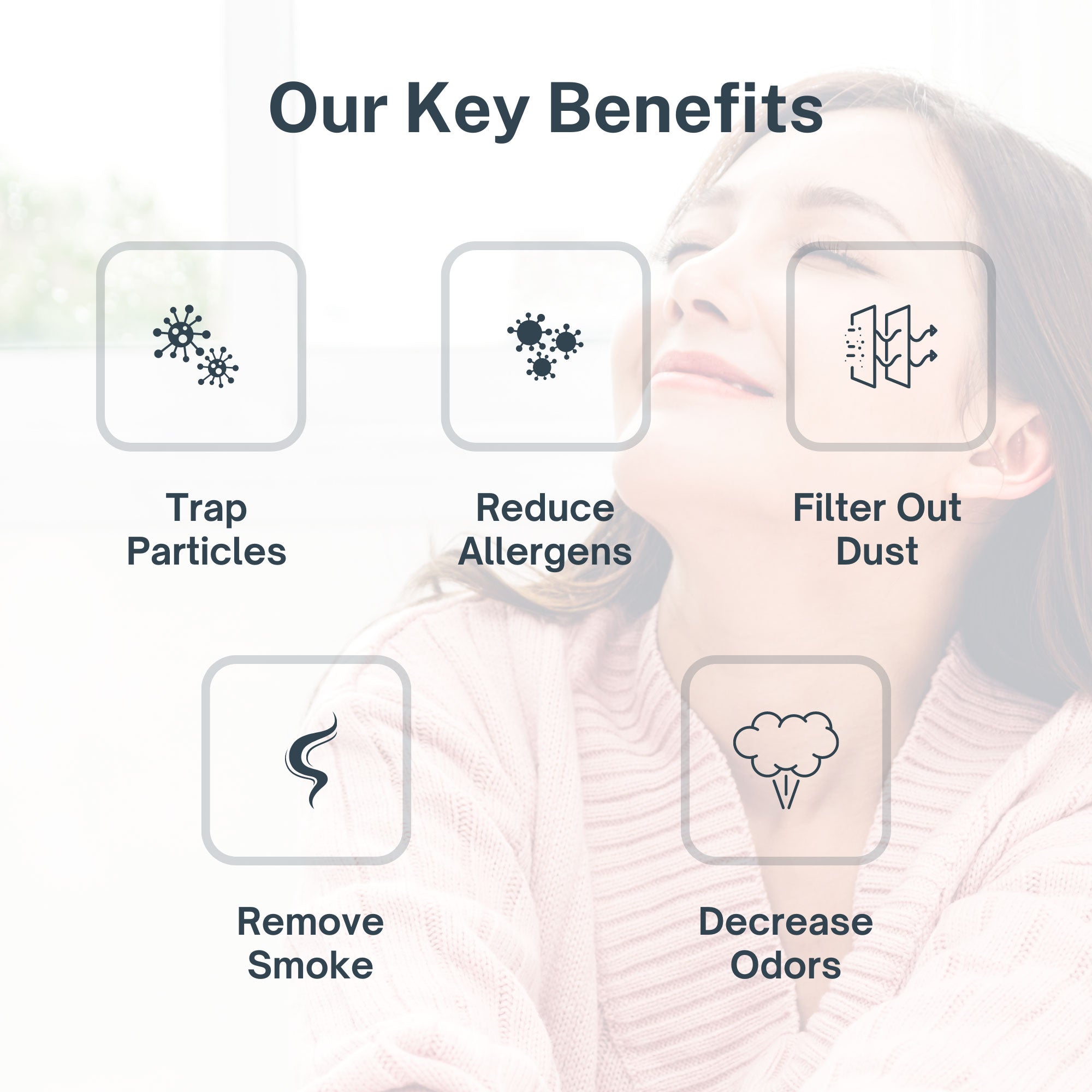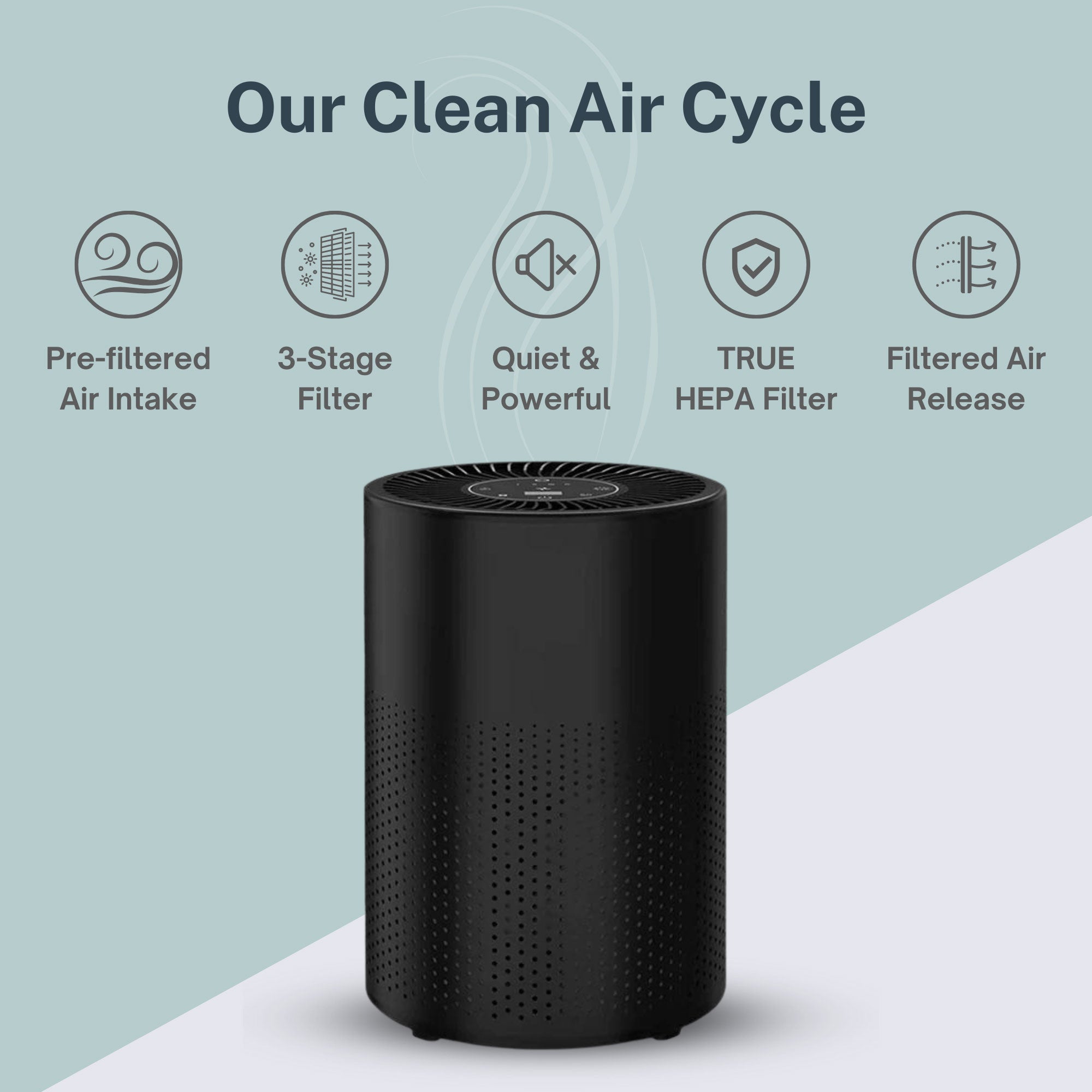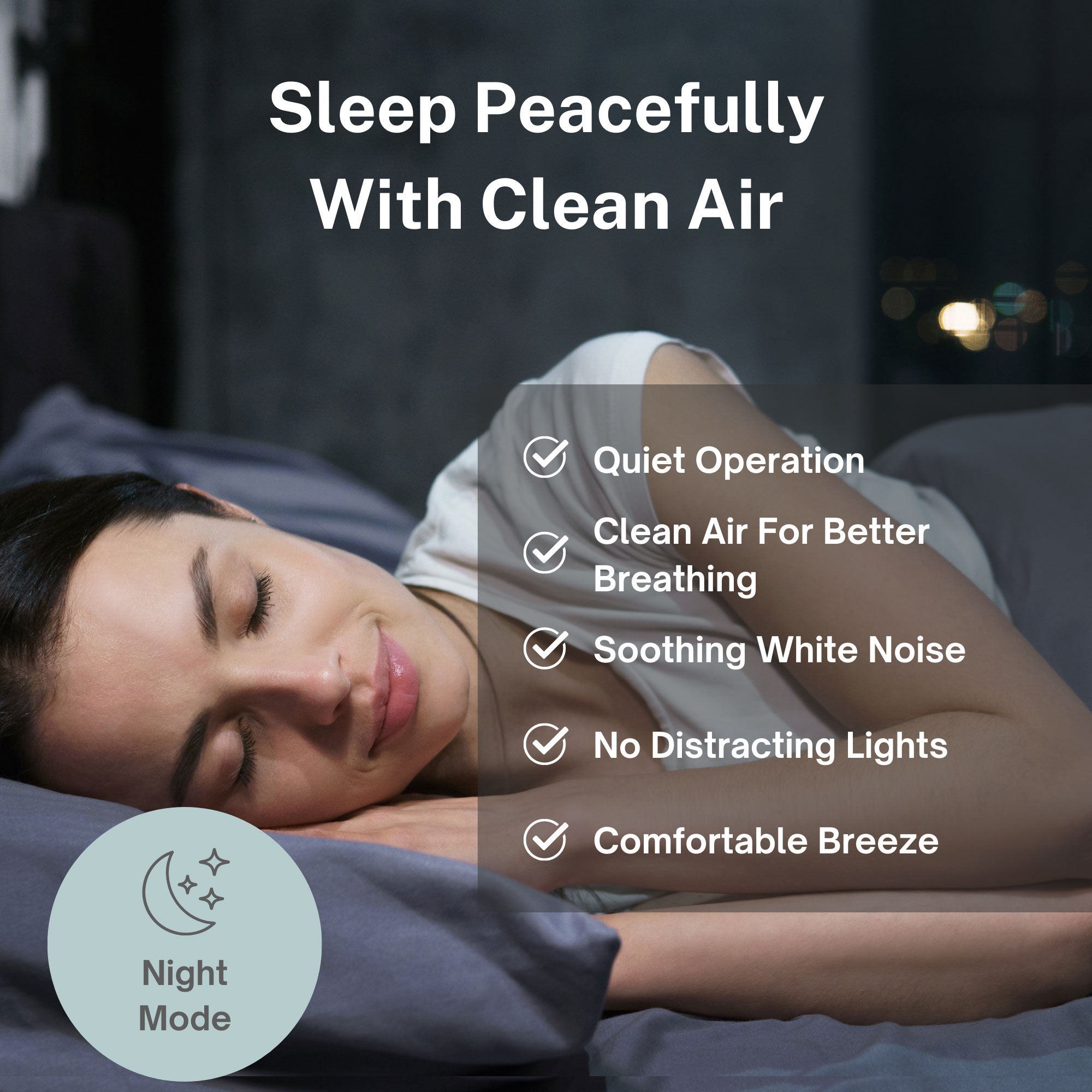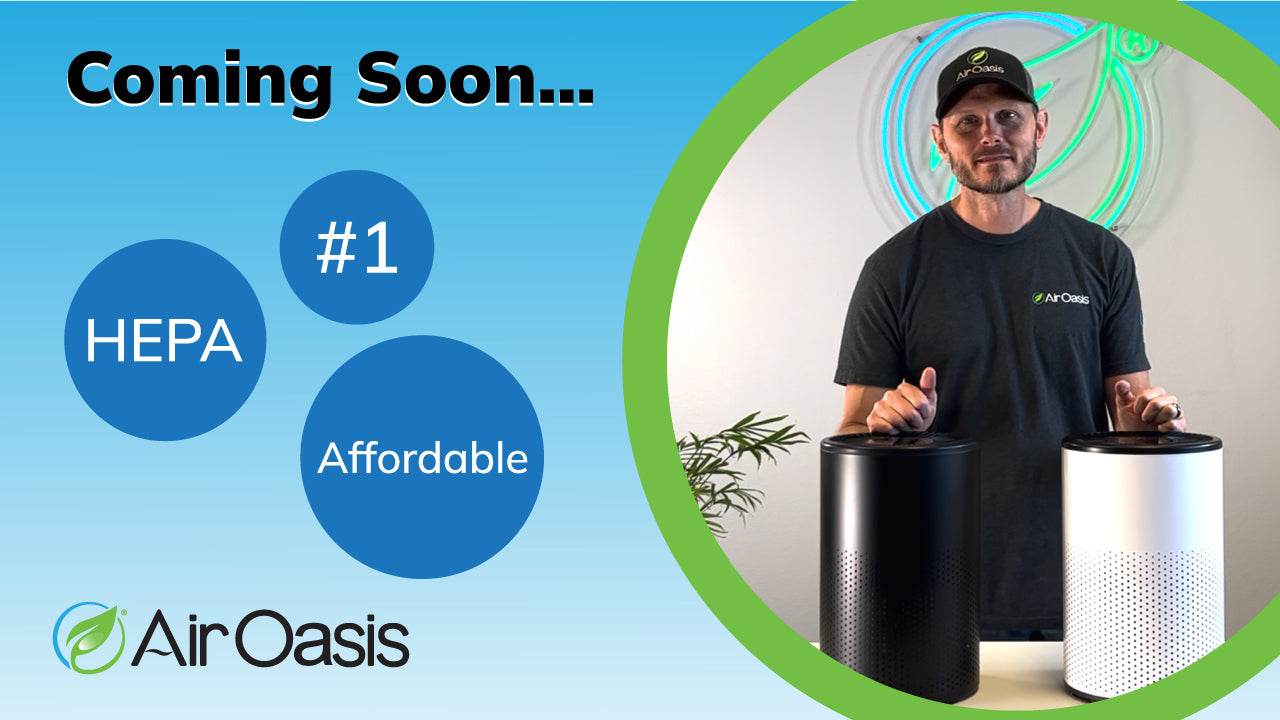The sights, sounds, and smells of fall can be intoxicating.
The leaves morph into liquid gold and fiery coral. They crunch under children’s shoes; their musky smell hangs in the air like a full moon.
But those same senses can be marred by seasonal allergies—with red, watery eyes, runny noses, and sneezes taking the lead instead.
Understanding what causes fall allergies can help you better manage your symptoms and enjoy the autumn months. Today, we'll explore the common triggers of fall allergies, their symptoms, and effective management strategies.
Understanding What Causes Fall Allergies
Fall allergies, also known as hay fever or allergic rhinitis, are primarily caused by airborne allergens that become prevalent during the autumn months. Let's examine the main culprits:
Ragweed Pollen: The Primary Offender
Ragweed is the most common cause of fall allergies, affecting nearly 50 million people across the United States. This prolific plant can produce up to a billion grains of pollen per plant during its peak season, which typically runs from mid-August through October.
Why are so many people allergic to this plant?
Ragweed pollen contains several potent allergens, with Amb a 1 being the major allergen that over 90% of ragweed-allergic individuals are sensitized to. It’s considered highly allergenic. In fact, as little as 10 pollen grains per cubic meter of air can trigger an allergic reaction in sensitive individuals
And given its small size, the pollen grains are only 15-25 μm in diameter, ragweed pollen is lightweight and can travel hundreds of miles on the wind, affecting even those in areas far from ragweed plants.
Common ragweed allergy symptoms include:
- Runny nose
- Sneezing
- Itchy eyes and throat
- Nasal congestion
Mold Spores
Remember those beautiful fall leaves? The ones causing folks to flock to the mountains to capture the fleeting magic of the world literally changing colors?
They’re going to fall. And what happens when they do?
They decay and create the perfect environment for mold growth. Between the moisture, temperature, lack of air circulation, and natural processes, fallen leaves are a haven for mold, which can trigger fall allergies, especially for those sensitive to mold.
Some of the more common types of mold that peak in fall include Aspergillus, Alternaria, and Cladosporium. One reason is optimal growth temperatures. For example, Alternaria thrives at temperatures between 68°F to 77°F (20°C to 25°C), which are common during fall in many areas.
Mold allergy symptoms can mirror “classic” allergy symptoms like:
- Stuffy nose
- Coughing
- Wheezing
- Itchy, watery eyes
In rare cases, mold allergies can also cause headaches and brain fog.
Dust Mites
While dust mites are present year-round, they can become more problematic in fall as people spend more time indoors and turn on heating systems—they’re essentially “flung” into the air when the heat kicks on.
These microscopic creatures thrive in warm, humid environments and feed on dead skin cells. It’s common to find them in bedding, furniture, carpets, curtains, and vents.
An allergic reaction to dust mites might bring about the following symptoms:
- Sneezing
- Runny or stuffy nose
- Itchy skin
Some people may also experience seasonal asthma symptoms from a dust mite allergy.
Other Fall Allergens
Ragweed, mold, and dust mites are certainly the “big three” of autumn allergies, but there are several other causes to keep an eye on:
- Weed Pollens: Besides ragweed, other weeds like sagebrush, pigweed, and Russian thistle can trigger fall allergies.
- Tree Pollen: Some trees, such as elm and cedar, may release pollen in late summer and early fall.
- Animal Dander: As pets spend more time indoors, their dander can accumulate and cause allergic reactions.
Knowing the cause of your seasonal allergies is the first step in putting practices in place to help ward them off. The next, is understanding your symptoms.
Do Environmental Factors Play a Role In Fall Allergies?
Climate change has been blamed by some for extending the duration and intensity of fall allergy seasons. The primary reason behind this is increased pollen production.
Research shows that pollen production has been extended by nearly a month, starting 20 days earlier and ending 10 days late, as compared to pollen production 30 years ago.
Warmer temperatures and increased CO2 levels are also leading to longer ragweed seasons. The EPA found that ragweed pollen season specifically has increased throughout the central United States and even up into Canada.
Pollen production is staggered over the season. But recent research shows that compared with 30 years ago, pollen production has been extended by about a month, starting about 20 days earlier and ending 10 days later.
Consider Regional Variances
Fall allergy triggers can vary significantly by region due to differences in climate, vegetation, and urbanization.
For example, ragweed is especially prevalent in the East Coast and Midwest, making these areas particularly challenging for allergy sufferers. Allergens like sagebrush (and wildfires) can trigger allergies or asthma symptoms for people on the West Coast.
Interestingly enough, a study found allergies to be higher in urban areas compared to rural ones—47.2% in urban areas compared to 28.4% in suburban areas and 27.7% in rural areas (excluding farmers).
It's important to note that while regional patterns exist, individual experiences can vary. Factors such as local microclimates, urban heat island effects, and personal sensitivity all play a role in how fall allergies manifest for each person.
Is It Allergies or A Cold? Understanding Your Symptoms
Fall allergy symptoms are often similar to those of spring allergies or even the common cold. Some may even mirror other illnesses like the flu or COVID-19.
However, they tend to persist for weeks or months, unlike a cold which typically resolves within a week or two.
Common fall allergy symptoms take many forms, including a runny or stuffy nose, sneezing, itchy, watery eyes, coughing, wheezing or shortness of breath (especially in those with allergy-induced asthma), and general fatigue.
If you’re concerned about your symptoms, be sure to make an appointment with your healthcare provider.
Diagnosing Fall Allergies
If every year around September or October, your allergies seem to take over, you may have a fall seasonal allergy.
If you suspect this is the case, it's important to get a proper diagnosis. An allergist can perform various tests to identify your specific allergens:
- Skin Tests: Small amounts of suspected allergens are applied to the skin to observe reactions.
- Blood Tests: These can measure your immune system's response to specific allergens.
Knowing what you’re allergic to and when it’s “in season” can help you better prepare and manage your symptoms.
Tips To Manage Your Fall Allergies
How can you get your fall allergies under control? Here are some strategies to help.
Reduce Allergen Exposure
The first line of defense against fall allergies is minimizing exposure to allergens.
Start by monitoring pollen forecasts regularly. When pollen counts are high, typically in the early morning and on warm, dry, windy days, try to limit outdoor activities. On those days be sure to also keep windows and doors closed. Doing so reduces your chances of coming into contact with the allergens that press your buttons.
After spending time outdoors, it's beneficial to shower and change clothes. This practice removes allergens that may have accumulated on your body and clothing, preventing them from spreading throughout your home.
Regular cleaning is essential in reducing indoor allergens. Use a vacuum cleaner with a HEPA filter and clean carpets and upholstered furniture at least once or twice a week. Washing bedding in hot water weekly can help control dust mites. Putting an air purifier in high-traffic rooms like living rooms, bedrooms, and offices can also clean the air of dust and pollens and provide a healthy, fresh space.
Medication Options
Despite best efforts to avoid allergens, medications are often necessary to manage symptoms effectively.
Many allergy medications can help relieve symptoms:
- Antihistamines: These can help with sneezing, runny nose, and itchy eyes.
- Nasal Corticosteroids: These sprays can reduce inflammation in nasal passages.
- Decongestants: These can help relieve nasal congestion but should be used sparingly.
It's important to consult a healthcare provider before starting any new medication regimen.
Immunotherapy
For individuals with severe or persistent allergies, allergen immunotherapy may be an option to consider. This long-term treatment can help reduce sensitivity to specific allergens over time.
Allergy shots involve regular injections of small amounts of allergens. The treatment typically lasts 3-5 years and can lead to lasting relief of allergy symptoms even after treatment is discontinued.
Again, consult your doctor to determine if this is an appropriate strategy for your needs.
Air Purifiers Can Help You Manage Your Fall Allergies
Air purifiers can play a crucial role in managing fall allergies by removing airborne allergens from indoor air. Through filtration and active cleaning technologies, with an air purifier, you can protect your family from bacteria, contaminants, and airborne toxins to preserve their health and well-being all season long.
In your search, look for air purifiers with advanced filtration like HEPA filters, carbon filters, and silver microbial filters. Our line of iAdaptAir 2.0 air purifiers have been tested to reduce particles as small as 0.05 microns.
While air purifiers alone won’t eliminate all allergy triggers, they can significantly reduce the concentration of allergens in your indoor air. When combined with other allergy management strategies, such as regular cleaning and medication when necessary, air purifiers can provide substantial relief from fall allergy symptoms.
Imagine: Autumn, Minus the Allergies
Understanding what causes fall allergies makes symptom management much simpler. By identifying your specific triggers, implementing avoidance strategies, and working with a healthcare provider to develop a treatment plan, you can minimize the impact of fall allergies and enjoy the beauty of the season.
If you’re ready to breathe cleaner air this autumn, invest in an air purifier. Shop Air Oasis today.







